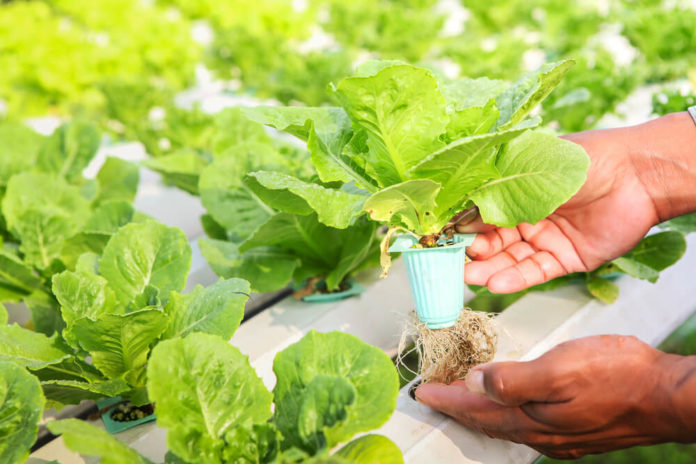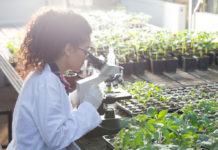In 1996 the World Food Summit defined ‘food security’ as a state where people have, at all times, access to sufficient, safe and nutritious food that they may maintain an active and healthy lifestyle. From this definition, we can ascertain that food security is not merely about having enough food but also healthy and varied types of food. Another aspect not included in the above definition would also be affordability, as a surplus of food is useless if the average citizen simply can’t afford a balanced diet. With these things in mind, today we’ll be taking a look at Food Security as it relates to the Caribbean region.
The Caribbean, particularly the Lesser Antilles, has always been at a disadvantage when it comes to the issue of food security, primarily due to geographical restrictions such as size. Granted, many crops can be produced with what land is available however a colonial history of monoculture and poor planning means that land best suited to farming is either unavailable or of poor soil quality, effectively restricting what can be grown even further. A silver lining to this comes from the waters that wash the Caribbean, being replete with nutritious forms of seafood but alas, this blessing as well has its limitations. Can we, as a region, work with what’s available to us so as to have an ideal level of food security?
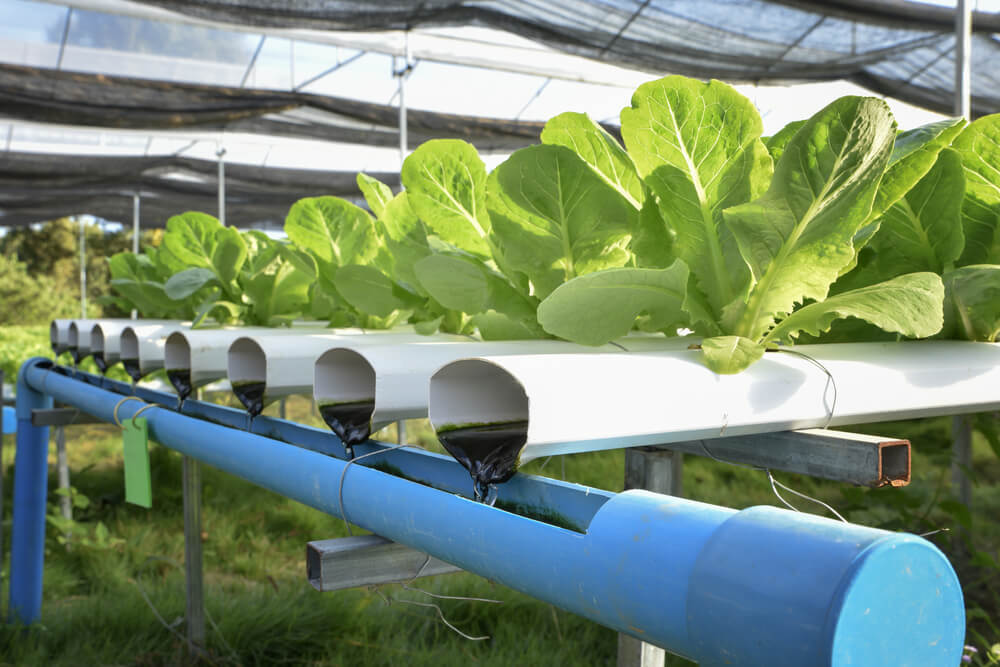
Speaking realistically, the answer to that question would be no, yet this doesn’t mean regional food security isn’t plausible to a considerable extent. Rather, it merely requires a pragmatic and level-headed grasp of our inherent context. For one, populations have grown considerably since many territories attained independence but, have our farming methods evolved alongside this as well? Even larger countries blessed with vast amounts of arable land face this predicament as they wrestle with the matter of modernizing their food production. We in the Caribbean should not opt to wholly copy their models of large scale farming but rather, seek to produce in the interests of efficiency, cost and maximizing yields whilst minimizing needs. What does that mean you ask?
Consider a recently implemented initiative in Trinidad and Tobago wherein shrimp is farmed via an indoor marine facility. This not only allows a sustainable production of a lucrative resource both for local use and export but also eases an already monumental burden on our overexploited regional waters. Not only should endeavours like these be extended towards the overall goal of farming other marine species but it could be merged and conducted in tandem with other methods of food production such as aquaponics. Thus, fish waste for example, could easily be used as a fertilizer for nourishing and growing other foodstuffs.
Indeed this isn’t something extraordinarily new as it’s a common technique used by aquarists to easily filter water whilst gaining something from the ecologically balanced cycle. In fact, the use of aquaponics dates back to ancient civilizations such as the Aztecs and Chinese who utilized waste from aquatic species to sustainably grow food without a constant influx of pesticides and artificial fertilizers. Perhaps the greatest advantage of such a method is its scalability. Aquaponics can easily be set up at a home, community or commercial level. It could be the source of a small backyard garden, some community produce and vegetables or an indoor or outdoor entrepreneurial enterprise.
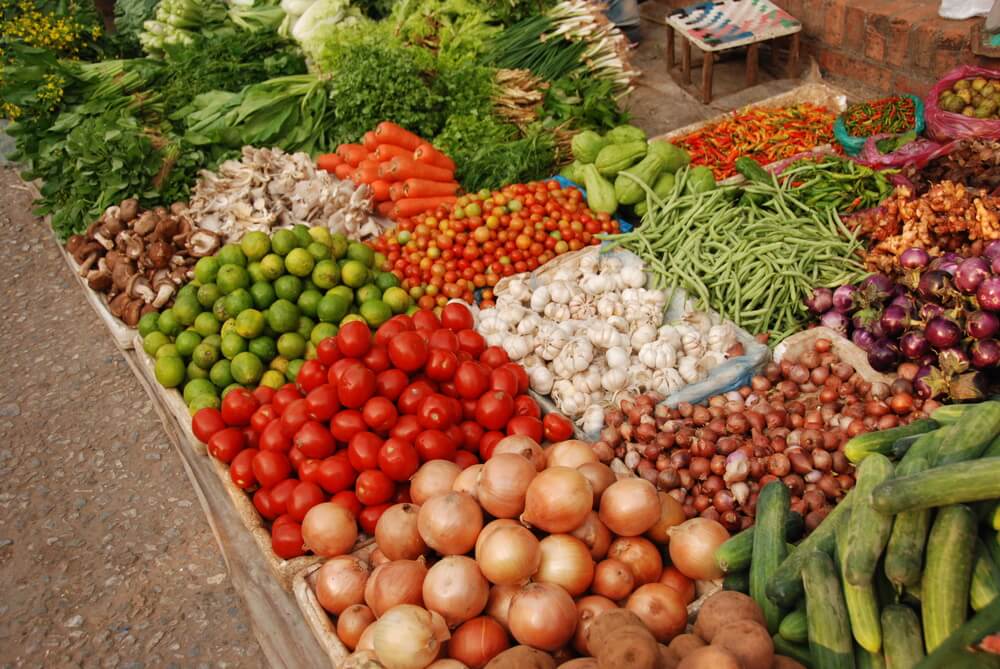
Consequently, its non-reliance on artificial chemicals could be used as an ideal marketing pitch. As mentioned before, the overarching aim is not to have absolute independence in food production but rather, reduce import dependency as much as possible. Secondly, locally produced food should be more affordable, as a common and unfortunate reality comes from the realization that many a time, imported food from international sources may actually be cheaper than local equivalents. With a method such as aquaponics utilizing recycling and conservation of space, the reality of affordability could more easily be realized, if only through the process of a community or backyard garden.
There is a need to move away from open field farming where possible, especially given how much space and resources it requires alongside current realities such as climate change.
One brilliant example is already being utilized in places like the US and Japan where shelves of produce are grown across multiple layers and levels in warehouse-like facilities. Each compact level of shelves is enriched by a precise influx of nutrients and LED lighting, allowing growth with minimal space and energy. Additionally, a more ecologically friendly and integrated method involves terraced layers of produce growing shelves wherein nutrients and waste trickle down from one into the other. This method is excellent for farms which also rear animals as their waste can be used for the plants whereas plant refuse can be used as feed.
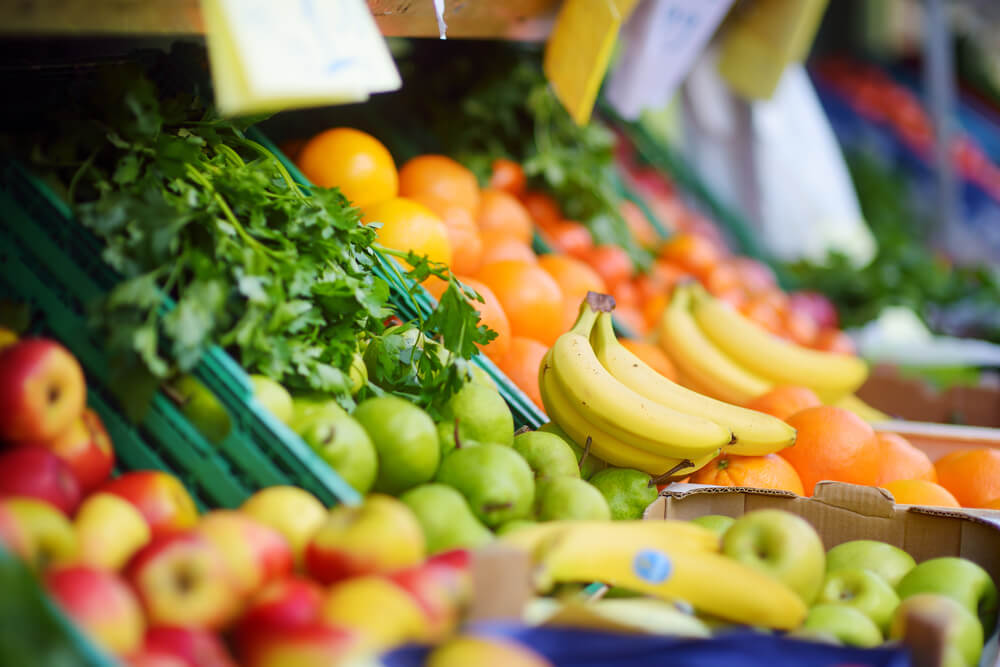
However, as a downside, such methods, whilst quite efficient, are not ideal for producing staple crops en masse such as rice. Additionally, in hindsight, many other staples such as wheat for flour would obviously require importation. With this in mind, we’ll focus on more large-scale farming in our next piece from both a local and regional outlook as well as the realities of climate change and global economic fluctuations as they relates to the Caribbean’s food security concerns.


